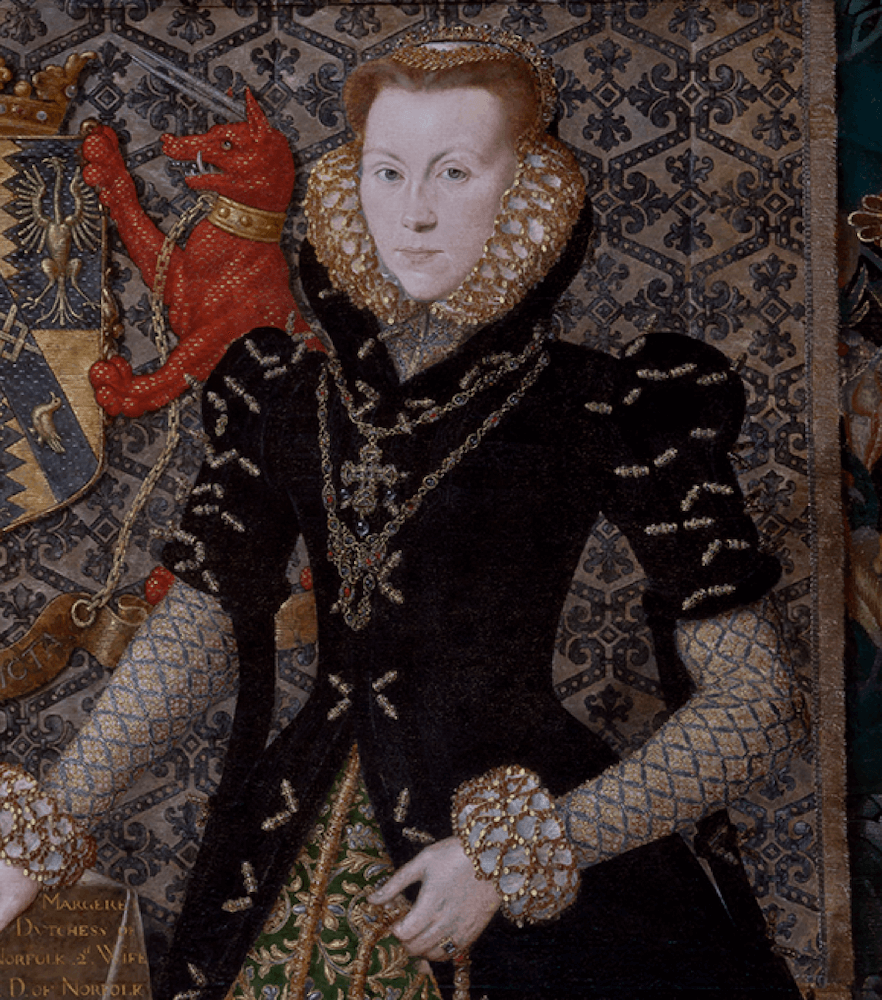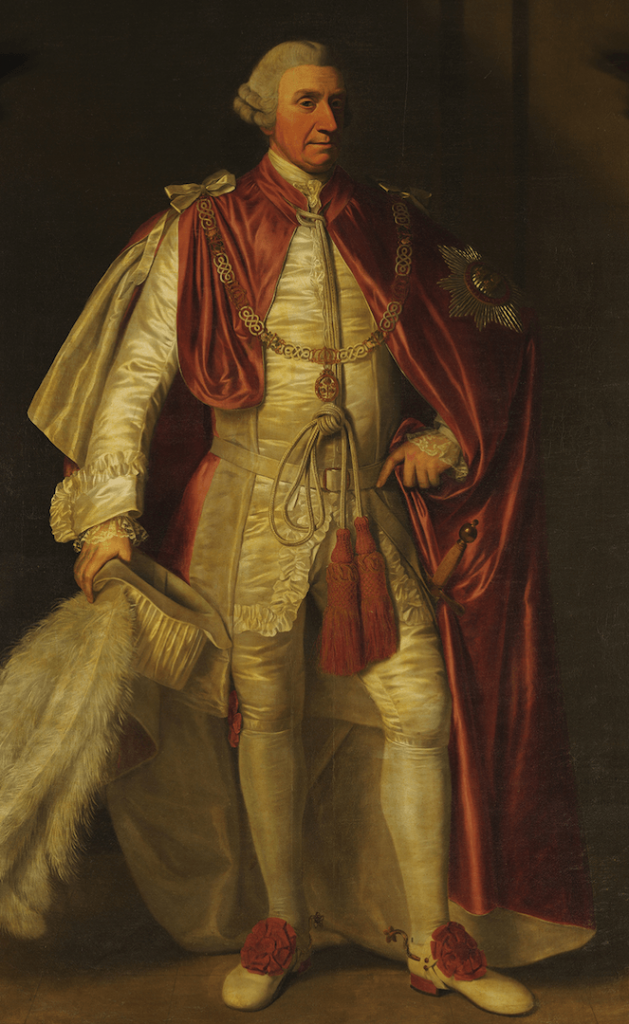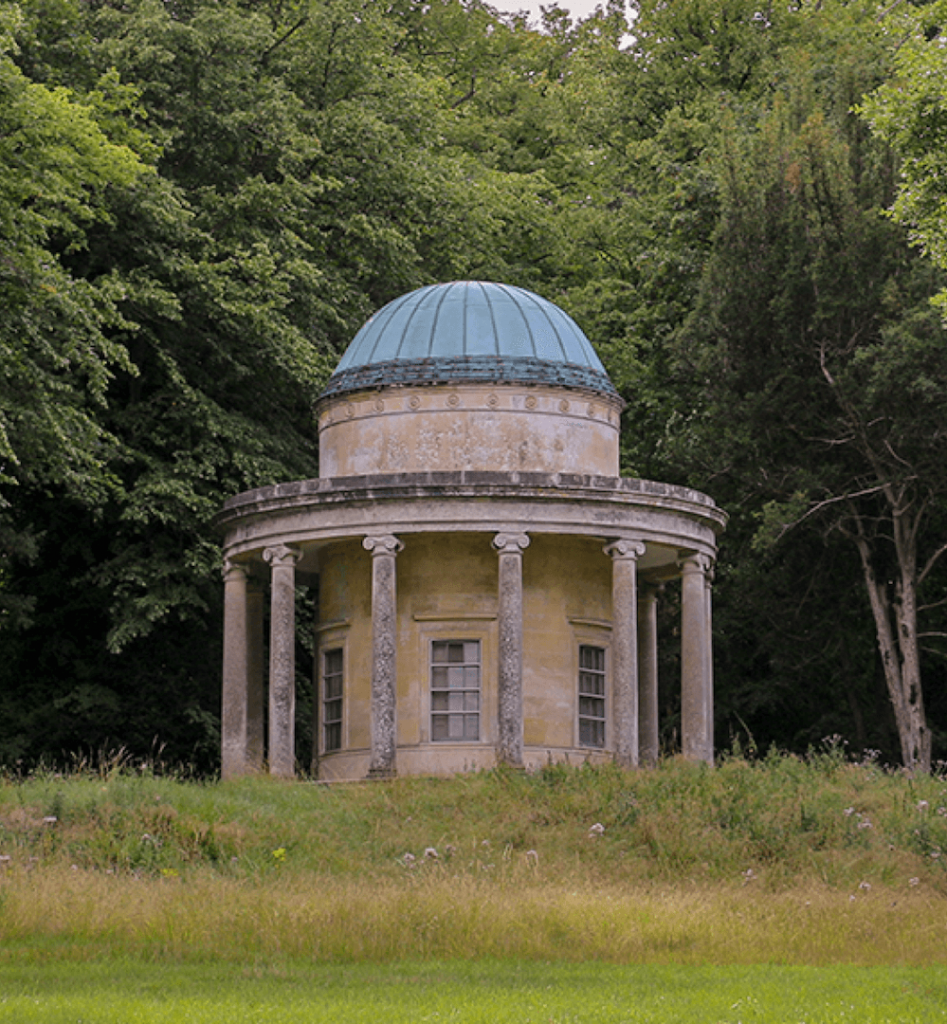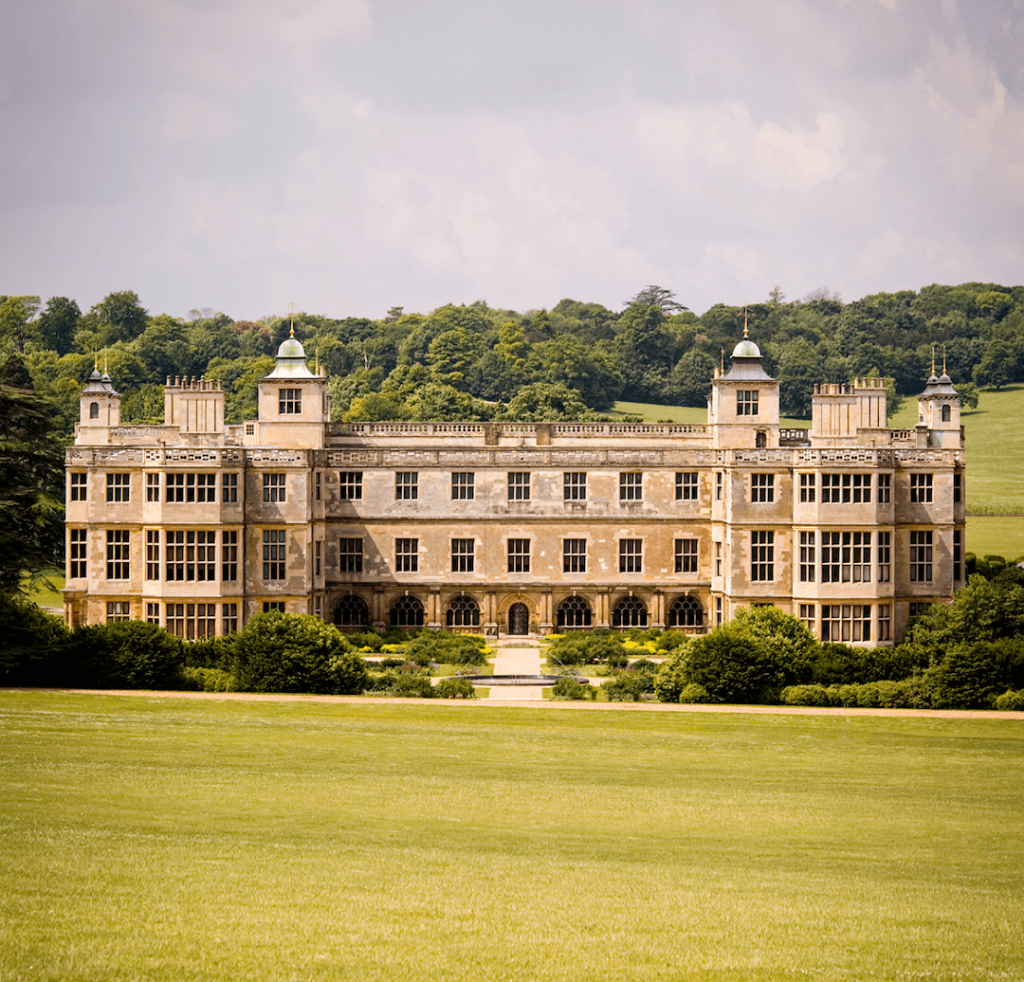
The Beginnings
In about 1538, at the time of the Dissolution of the Monasteries, the Abbey of Walden at Audley End was given by Henry VIII to Sir Thomas Audley, Lord Chancellor, whose daughter Margaret married the 4th Duke of Norfolk.
A son of this marriage, Thomas Howard, created 1st Earl of Suffolk and Lord High Treasurer to James I, built the present house on the site of the medieval monastery between 1605 and 1614. In 1669 the house was sold to the King (Charles II) and the Court was established there. Subsequently in 1701 it was re-conveyed back to Henry 5th Earl of Suffolk.

18th Century
In 1745 the 10th Earl of Suffolk died, childless and intestate. The estate was left in various ownerships of the Howard family, including Lord Effingham, who in 1751 sold the house to Elizabeth, Countess of Portsmouth. The Countess, who had previously inherited part of the estate, began remodelling the house and gardens. She decided that part of the house, being in such bad repair, should be pulled down, thereby saving the house from total demolition.

In 1762 the Countess died, bequeathing Audley End to her nephew, John Griffin Whitwell, on condition that he changed his name to John Griffin Griffin. He became Field Marshall Sir John Griffin Griffin, in 1784 he became Baron Howard de Walden and he was created Baron Braybrooke in 1788. He spent a great deal on the house and grounds, employing both Robert Adam and ‘Capability’ Brown. In addition to his existing holdings, he acquired more land, some of which he purchased before he came into the ownership of Audley End. He had an ambition and keenness to be properly acquainted with the extent of his ownership and the smallest area attracted his attention if its purchase would ‘tidy up’ the ownership of some land. The manor and farm maps were commissioned about this time. Sir John saw that new farming techniques could be more practical and profitable if employed over larger tracts of land, therefore he was keen to acquire good land in an area that had been mainly farmed on the open field strip system.
19th and 20th Centuries
Detail from Prospect of Audley End House from the West by William Tomkins, A.R.A (1732 – 1792)

Upon the death of Baron Braybrooke in 1797 the property passed to Richard Aldworth Neville, his aunt’s great nephew, who became the 2nd Lord Braybrooke. He was father of Richard, 3rd Baron Braybrooke, who was author of ‘The History of Audley End’ and editor of Pepys’ Diary. He was married to Lady Jane Cornwallis, an heiress and granddaughter of Charles, 1st Marquis Cornwallis. Richard did much to modernise Audley End and reinstate the Jacobean taste. He laid out the parterre and built lodges to designs by Thomas Rickman and Henry Harrison. Following Richard, three of his sons inherited the Estate in succession, Richard, Charles and Latimer. Richard, 4th Lord Braybrooke was a passionate archaeologist and assembled a remarkable collection of taxidermy, still on view at Audley End House today.
In the early 20th century, Latimer’s son Henry came to the estate as the 7th Lord Braybrooke. For a while the house was let, but in 1917, he and his wife Dorothy moved into Audley End and his children Richard, Robert and Catherine were born and brought up there. The 7th Lord Braybrooke died in 1941 followed quickly by his second son Robert on active service and his eldest son Richard, 8th Lord Braybrooke two years later, also on active service. The estate passed in trust to his cousin Henry Seymour Neville, 9th Lord Braybrooke.
Post WWII and modern history

Emerging from the Second World War, the Estate experienced hard times as the result of the very poor economic climate prevailing before the War, plus two sets of death duties during the War. The decision was taken that Audley End House would have to go. In 1948 the 9th Lord Braybrooke reached an innovative and imaginative compromise.
He persuaded the Government to purchase the magnificent house for the nation. Most of the contents remained in family ownership and were put on display at Audley End for the public to enjoy. This arrangement continues in a large part to this day. The land and other property surrounding Audley End remained in family possession and was farmed and the cottages repaired. This was continued after the 9th Lord Braybrooke’s death by his son Robin Neville, 10th Lord Braybrooke.
Following the 10th Baron’s death on 5th June 2017 and because there was no male heir, the 7th Baron Braybrooke’s Will stipulated that the Audley End Estate should pass to his daughter, The Hon. Mrs. Catherine Ruck, who died in 2004, and subsequently in trust to her daughter, Mrs. Louise Newman and her family.